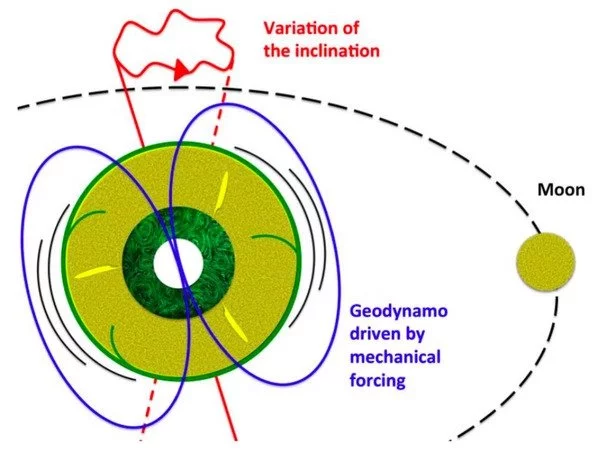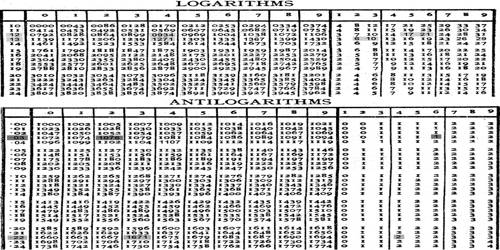A powerful magnetic field surrounds Earth, created by swirling liquid iron in the planet’s core. The Earth’s magnetic field may be nearly as old as the Earth itself, and it stands in stark contrast to the Moon, which currently lacks a magnetic field. But, in the past, did the Moon’s core produce a magnetic field?
There are several theories about how Earth and its moon formed, with the majority involving a massive impact. Scientists at the University of Leeds and the University of Chicago have studied the dynamics of fluids and electrically conducting fluids and concluded that Earth must have been magnetized either before or as a result of the impact.
They claim that this could help to narrow down theories of Earth-moon formation and inform future research into what actually happened. Their findings were published in the Proceedings of the National Academy of Sciences.
Professor David Hughes, an applied mathematician in the School of Mathematics at the University of Leeds, stated, “Our new hypothesis is that our current theoretical understanding of the Earth’s magnetic field can actually tell us something about the formation of the Earth-moon system. At first glance, this appears to be somewhat surprising, and previous theories had not recognized this potentially significant connection.”
Our new hypothesis is that our current theoretical understanding of the Earth’s magnetic field can actually tell us something about the formation of the Earth-moon system. At first glance, this appears to be somewhat surprising, and previous theories had not recognized this potentially significant connection.
Professor David Hughes
This new assessment is based on the resilience of the Earth’s magnetic field, which is maintained by a rotating and electrically conducting fluid in the outer core known as a geodynamo.
According to Professor Fausto Cattaneo, an astrophysicist at the University of Chicago, “a peculiar property of the Earth’s dynamo is that it can maintain a strong magnetic field but not amplify a weak one.”
Some Apollo samples showed evidence of strong magnetic fields during the experiments, while others did not. Some researchers blamed the lack of magnetization on the presence of large native iron grains, which were poor magnetic recorders. However, many of the samples contained small iron grains that should have recorded a field.

The scientists therefore concluded that if Earth’s field were to get switched off, or even reduced to a very small level, it would not have the capability to kick in again. “It is this remarkable feature that allows us to make deductions about the history of the early Earth; including, possibly, how the moon was formed,” added Professor Cattaneo.
Professor Hughes added, “And if that is true, then you have to think, where did the Earth’s magnetic field come from in the first place? Our hypothesis is that it got to this peculiar state way back at the beginning, either pre-impact or as an immediate result of the impact. Either way, any realistic model of the formation of the Earth–moon system must include magnetic field evolution.”
Magnetic fields act as shields, preventing solar particles from reaching planets and moons. Without a magnetic field, solar wind can directly impact the Moon’s surface, implanting elements such as helium-3 and hydrogen into the soil.
Helium-3 has numerous applications, the most important of which is that it could be used as a fuel source for nuclear fusion and future planetary exploration. The value of hydrogen stems from its ability to combine with oxygen to form water, another essential resource in space. Because the Moon lacked a long-lasting magnetic field, these elements may have accumulated in soils for billions of years longer than previously thought.
















